An American photographer travels the world to document the myriad relationships between humans and water.
In 2012, Sierra Leone suffered a devastating outbreak of cholera, which affected tens of thousands of people and killed more than 200. At the center of the disaster was water. Exacerbated by the rainy season, the disease was transmitted through drinking water and unsanitary conditions. The overcrowded slums of Freetown, the capital, became a breeding ground for the outbreak, where having safe water made the difference between life and death. It was there that American photographer Mustafah Abdulaziz took the shots that would plunge him into an intensive exploration of water and its perils. Set to last four years and take him to 32 countries, the project looks at humans’ relationship with a natural resource in crisis, from scarcity to natural disasters, from its role in how we worship to where we live. The photographs shown here are from India, Ethiopia, Pakistan and Sierra Leone. He spoke to R&K from his home in Berlin.
Roads & Kingdoms: What do you see when you look at water?
Mustafah Abdulaziz: [Water] transcends simple classification. This project is less a reportage of the impending water crisis as it is a contemporary reflection of how we as a species are interacting with the most fundamental element for all life on Earth. What are we doing to our water and what is water doing to us? Between these two points is where my project seeks to provide questions and commentary. To show the surreality of how we’re underestimating the most critical issue of our time and what it costs to the people on either end of the spectrum – from the world’s poor who will end up suffering the brunt of any global water crisis, to the developed nations and their effect on the quality and existence of our fresh water supplies.
R&K: What are some examples of those issues?
Abdulaziz: This project is about water in as many facets as I can tackle in the next four years. Not just drinking water. The larger picture, of hydroelectric damming, agriculture, recreation, rising sea levels and disappearing islands, natural disasters and desalination.
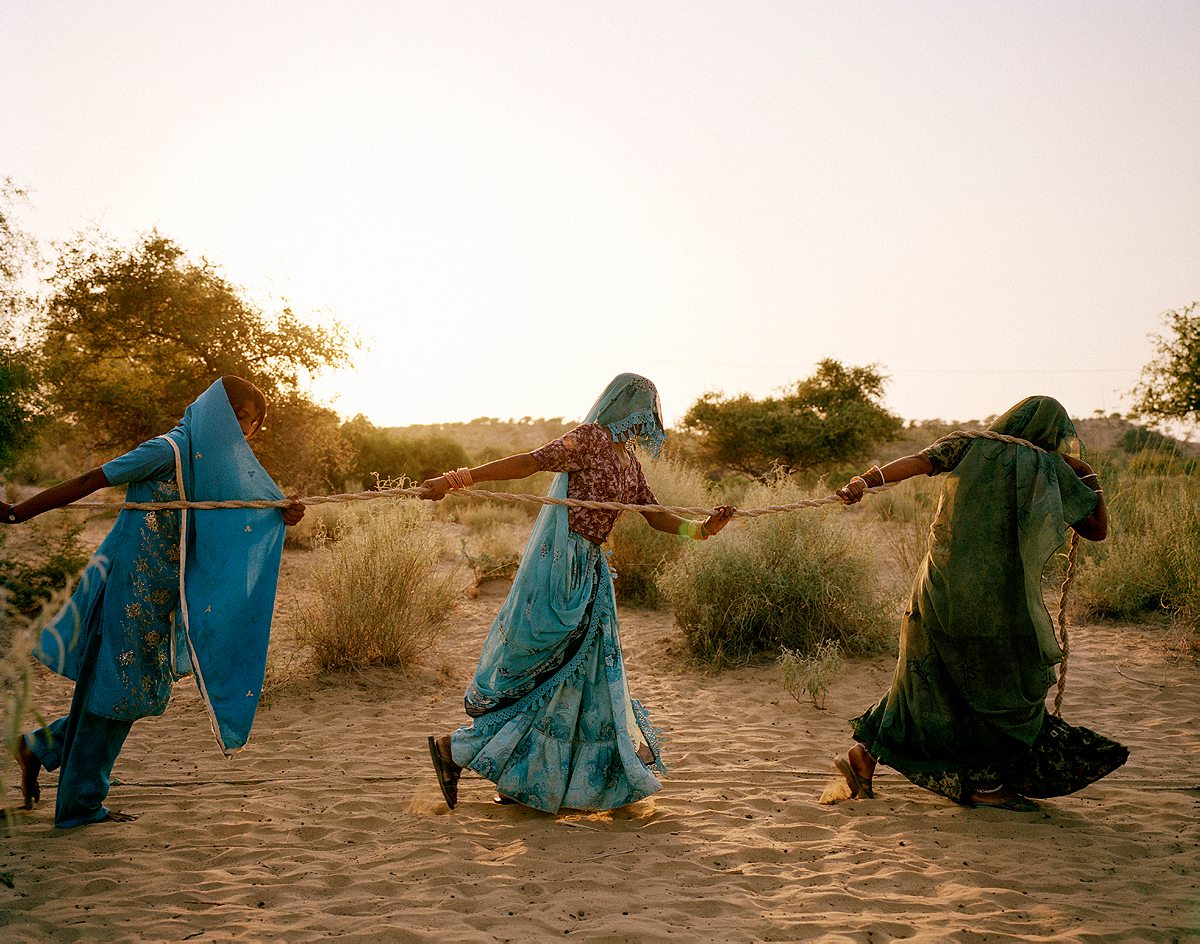
R&K: What does water mean to you personally?
Abdulaziz: What began as curiosity broadened into a fascination and is now an obsession. When we talk about water, we use a lot of words to describe how it makes us feel. I think this taps into a natural, ancestral attraction to a resource we need but also find fulfilling to our experience of what it means to be alive. It represents so much to us, it transforms and is reborn constantly and for me this expansive cycle is close to something magical. I think I feared the power of water growing up, in the ocean and rivers of New York and Pennsylvania. [From there] came a deep awe for places with water.
R&K: Where did the project take you?
Abdulaziz: The first place I visited was Sierra Leone. There had been a outbreak of cholera in West Africa in 2012 and so I sought to look [at] the oceanside slums settlements of the capital, Freetown. By doing so, I set myself down a path of showing the human environment as it relates to water. This is an important thread in my project—the human condition and water.
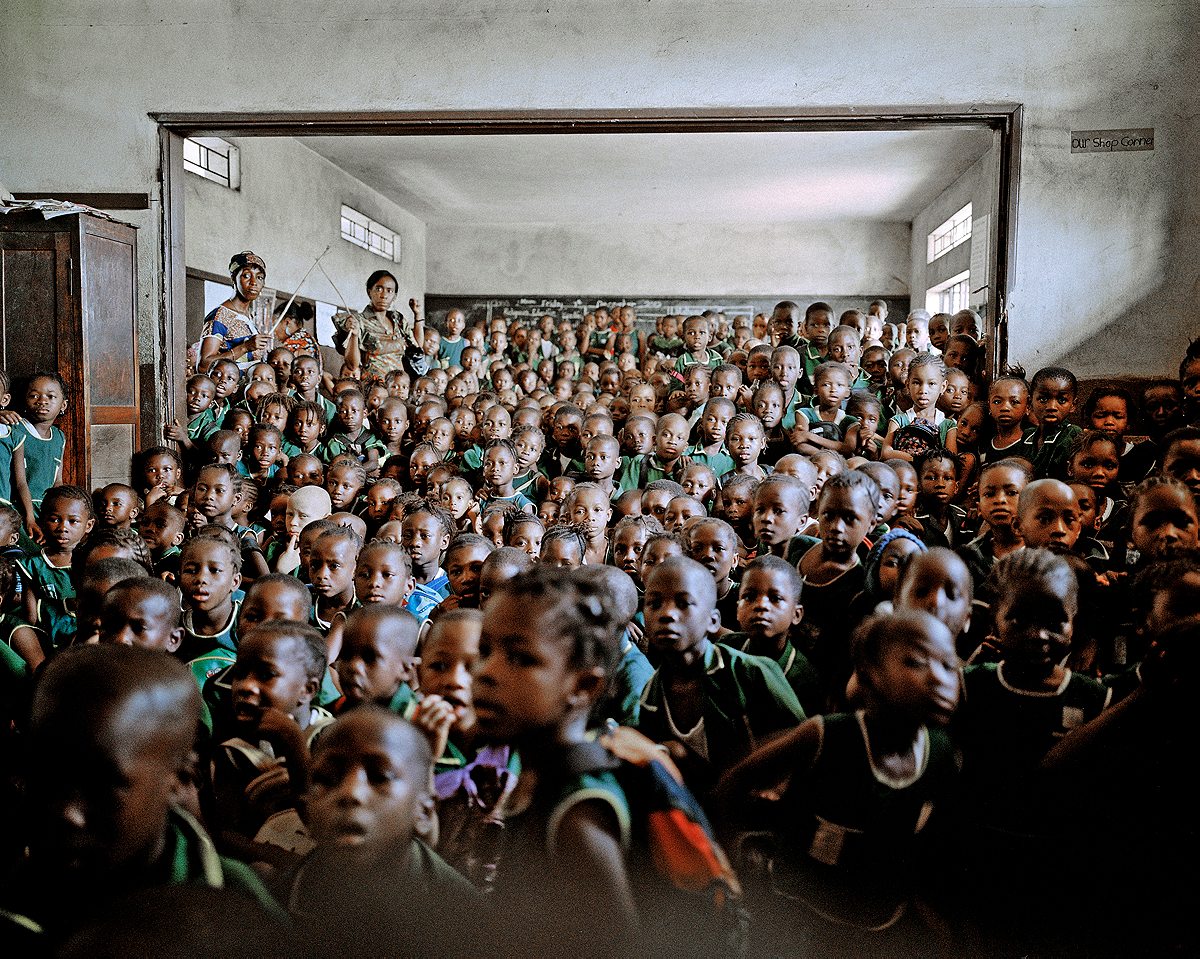
R&K: How did people there relate to water there, specifically?
Abdulaziz: Sierra Leone suffered a devastating civil war in the 1990s. This conflict [greatly damaged] the infrastructure. In the slum settlements, the conditions for sanitation and clean water are very poor. This creates a cycle of water-borne illnesses. For example, people in the Grey Bush slum live around a massive city dumpsite, which receives a good amount of the city’s trash. When the rainy season comes, the water pools and festers, creating pits of malaria and flooding the homes themselves, which are often little more than sheet metal. Cholera, diarrhoea, malaria, these are all issues that stem in some way from water and unsafe water sources.
R&K: So, it’s a necessity but also a threat…
Abdulaziz: Yes, exactly. They have no choice but to use these water sources. But there are a lot of good people working on improving the situation. There are local volunteers who assist with medical emergencies, as well as NGOs that are working in different fields, from child health to dealing immediately with any outbreak of cholera, to improving the quality of the wells by chlorinating them and teaching hygiene practices.
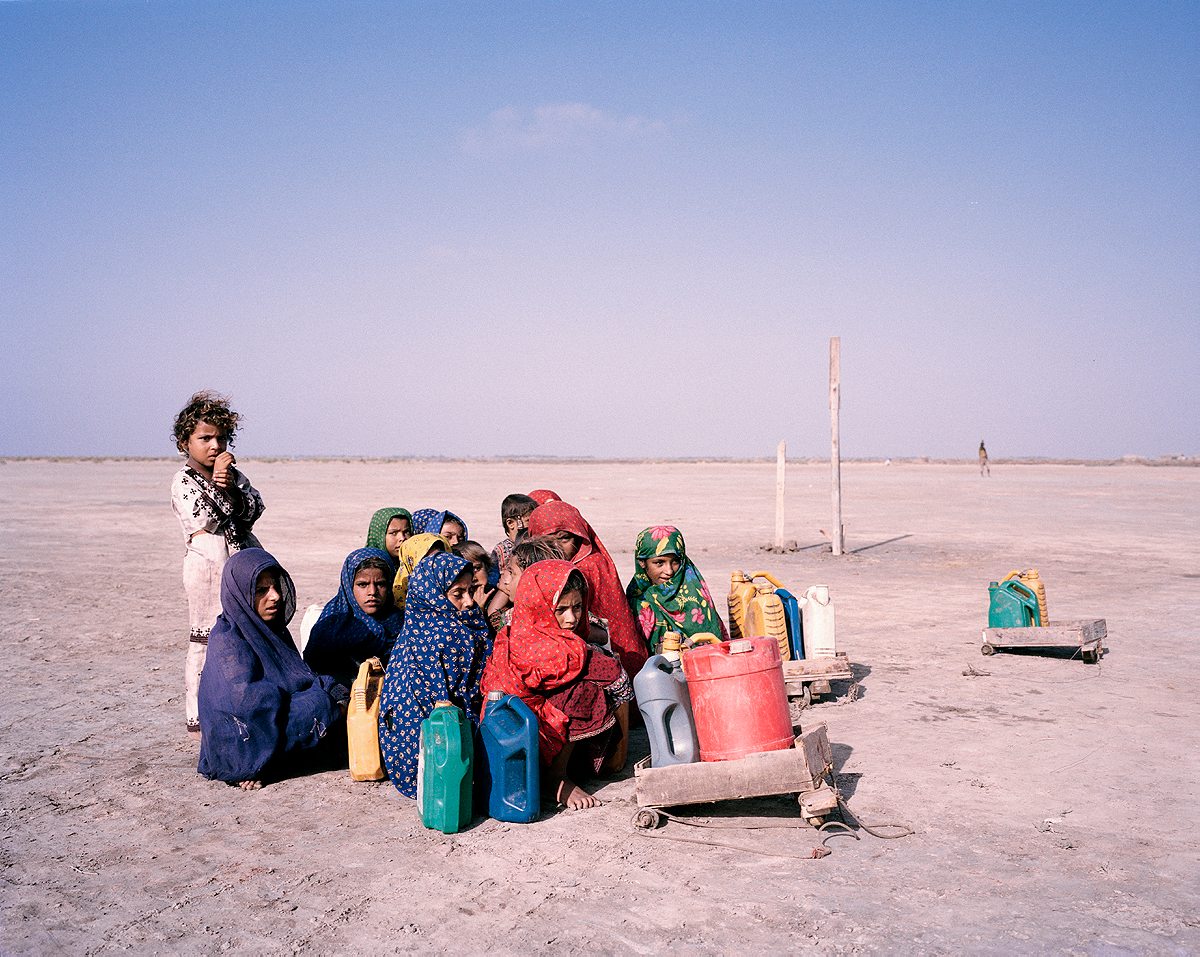
R&K: In your process as a photographer, do you pick a theme first and then search for the right place to photograph it?
Abdulaziz: The progression of the project is dependent on a few things. The first is the logistical possibilities of each trip, how I can fund them and how possible it is for me to achieve the goals I have for the issue. The second is how the topic fits into the structure I’ve planned for the final piece, which I envision to be quite expansive, with individual issues that serve as microcosms for larger points on what’s going on with water. When these things are taken into account, the reality of what should be my next theme becomes more clear and I try to let the project evolve organically. The largest challenge is in structuring everything and then pushing the conceptual nature of the photography in new directions as I go along.
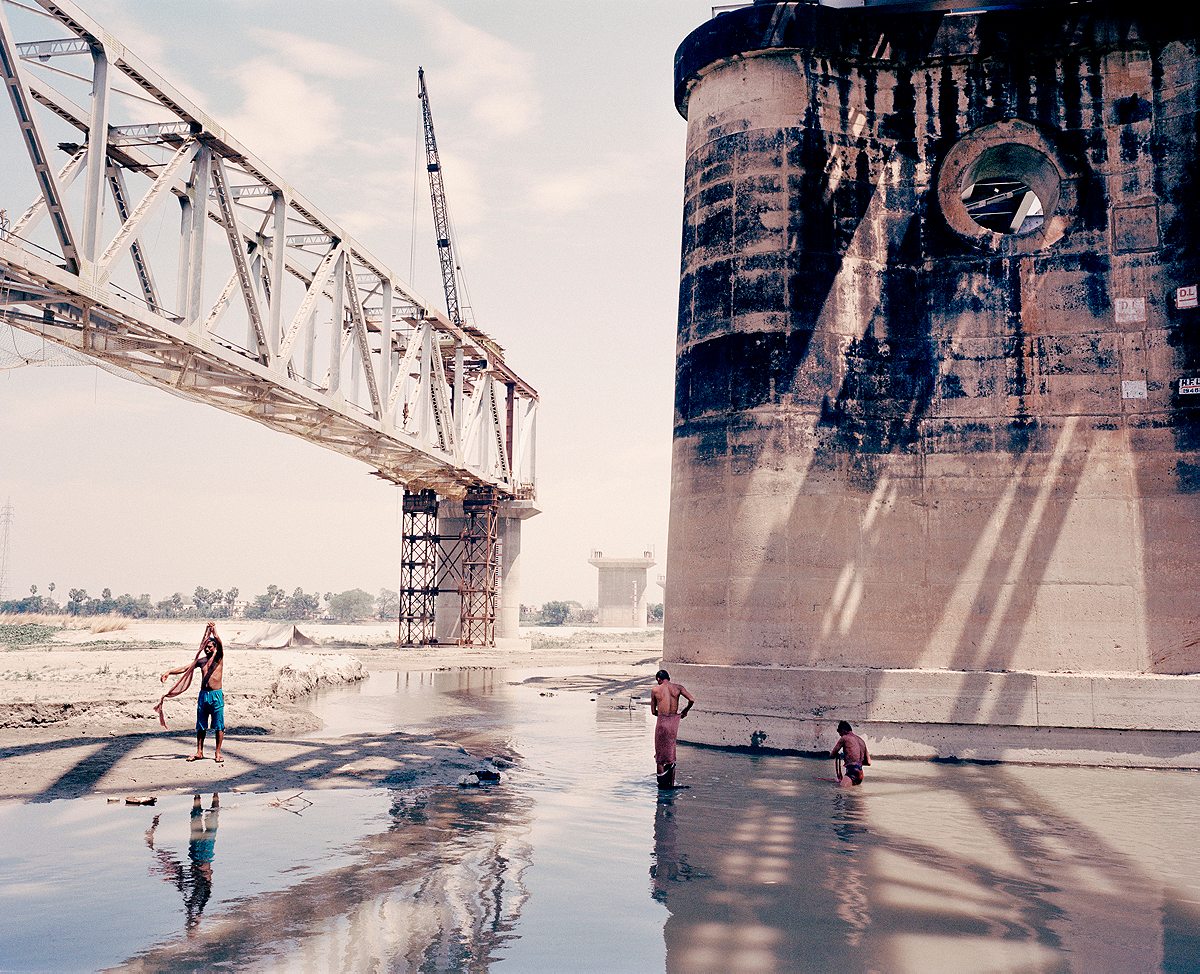
R&K: How has the project been funded so far?
Abdulaziz: The project is quite large, which is both a blessing and a curse. A blessing because I know this is the most worthwhile contribution I can make as a person. A curse because I’m constantly dependent on diversifying my funding streams and that requires a lot of time, energy and passion to pursue. I’ve received grants from the Pulitzer Center on Crisis Reporting, commissions from WaterAid and the United Nations. Other trips I’ve combined with assignments from newspapers and magazines that want me to work on environmental stories. I would say the back-end of this project, the meetings, pitches, grant writing, research and traveling for it all, takes up more time than the 3-4 weeks I spend in each country photographing.
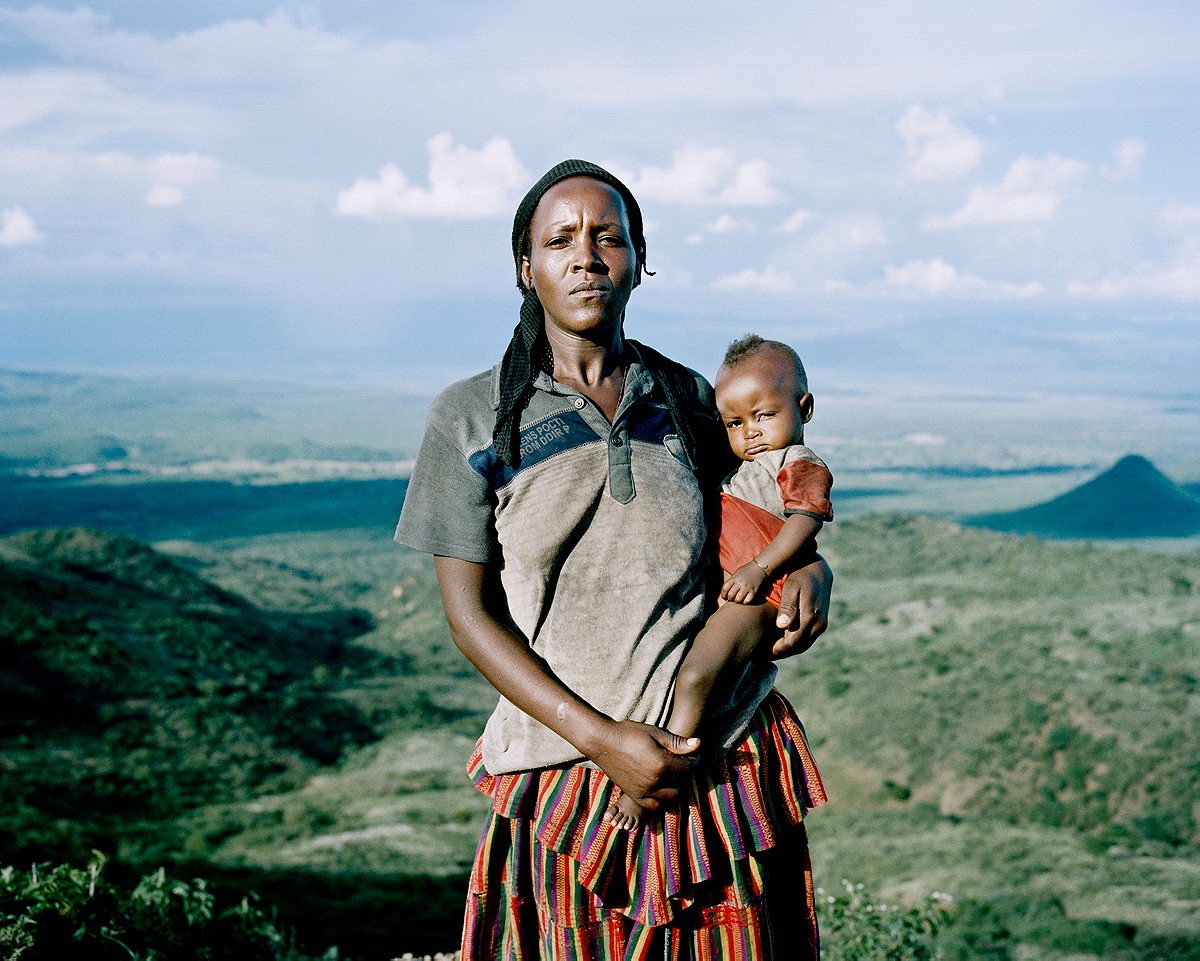
R&K: Still, that’s quite a decent amount of time in each country…
Abdulaziz: Yes, but necessary. I need to be immersed in an experience to make my best work. I need to talk to people, hear things I would never find in research and pursue my instincts. This requires that I give myself time to adapt, to try things and fail.
R&K: Where did you go after Sierra Leone?
Abdulaziz: I went to India to travel the Ganges River, a body of water widely recognizable but also deeply important to the souls of Hindus, to examine different relationships with water. This varied from industrial pollution to spirituality to build-up of infrastructure on the river. After that I went to southern Ethiopia, then Somalia, and lastly, I wrapped, for the time being, the chapter of water scarcity in extreme environments with a trip to Pakistan.
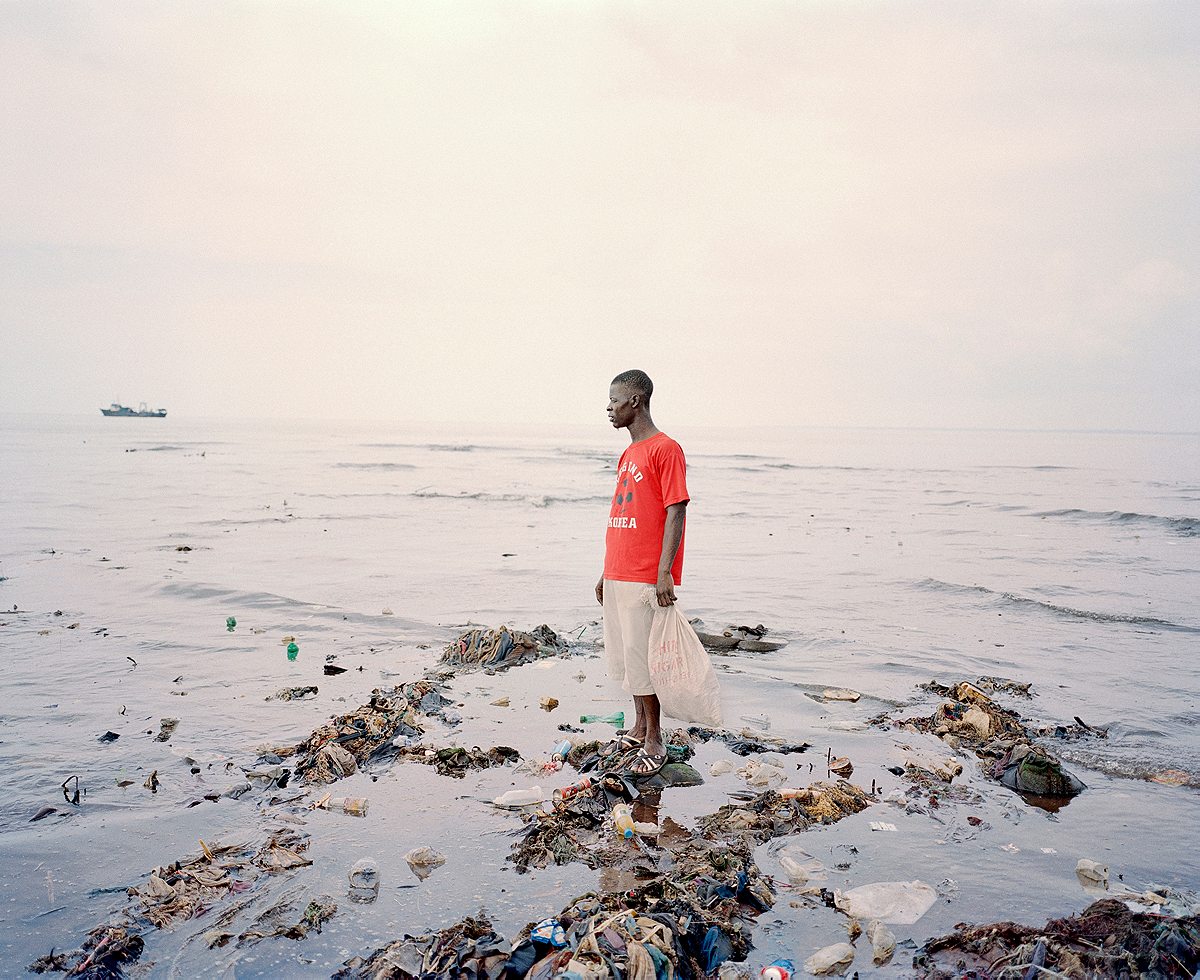
R&K: The spiritual relationship you witnessed in India is extremely different from what you saw in Sierra Leone… It must have been interesting to see how diverse people’s relationship to water is across the world. In Ethiopia and Pakistan, for example, you chose to focus on women…
Abdulaziz: Yes, those two countries can be viewed as one photo essay for that reason. Same issue, different landscape, same pain and repercussions. Women are responsible for gathering water in nearly every country I have ever visited. Their lives are determined by water, their health and well-being too, if the water is poor or the trek to gather it is dangerous. I felt their role needed to be focused on.
R&K: Why do you think we don’t talk much about the pressing issues that surround water?
Abdulaziz: Because we take water completely for granted. There’s a good quote somewhere about how the value of water is appreciated only when the well’s dried up, or something to that effect. The reality is that water will survive no matter what we do to it. Will we survive, is perhaps the question people should be asking.
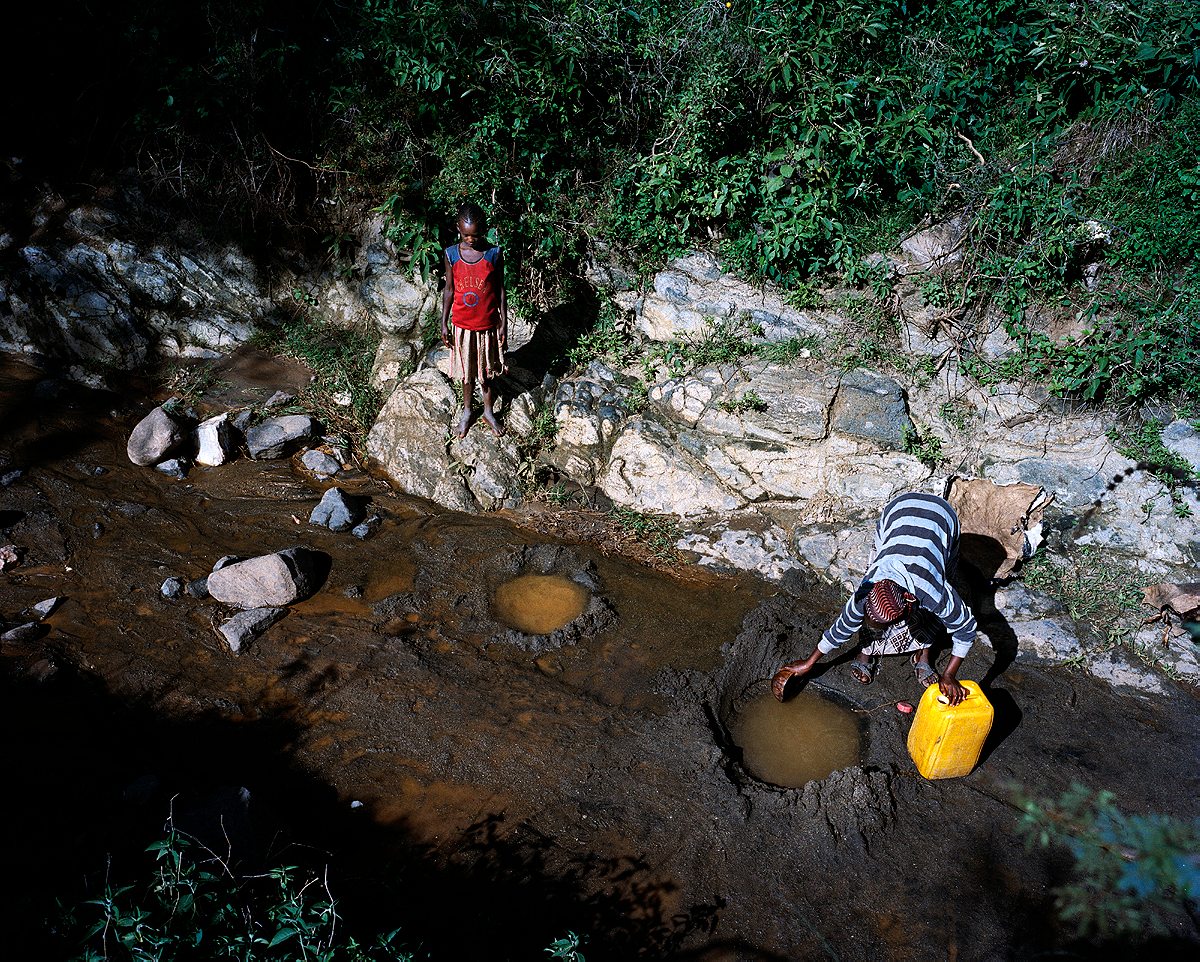
R&K: So where are you off to next?
Abdulaziz: I plan to visit China, to look at hydroelectric damming and large cities on one river. This would be something of reflection with the Ganges chapter. The United Arab Emirates are also fascinating me right now, with their dependence on sea water through desalination and the unique contrast that living in such a dry environment has in this type of visual dialogue.
R&K: And the crazy things they’re building on water…
Abdulaziz: Yes, exactly! The UAE is very exciting to me as a photographer in terms of looking at Man’s attempt to master water through infrastructure. It’s utterly fascinating.
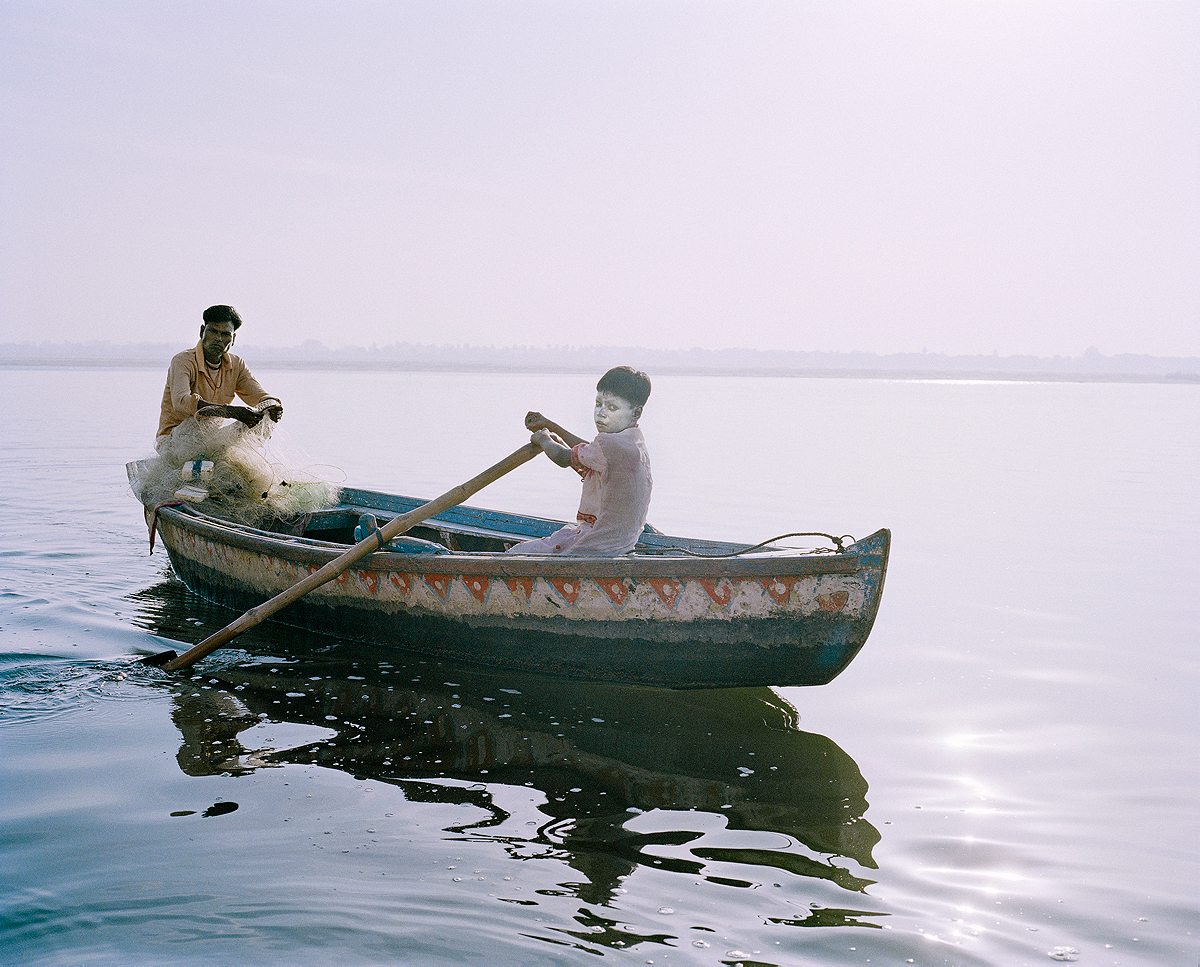
R&K: There is also that interesting dynamic of power – people trying to control water in some places versus water destroying entire villages in others… You’ve planned to work on this project for four years, how many places do you hope to include?
Abdulaziz: The topics within water I must include require about 30 countries. That deadline is as much for my own creative process as it is for what’s logistically possible to achieve. The idea of the project goes even further, towards how it must be exhibited and displayed to what roles the work and companion pieces I want to create can play in education and bringing this work to new audiences. But for now, it’s about creating the catalog of work. The only thing that this requires is money, time and hard work.
To see more of Mustafah Abdulaziz’s work, visit his personal website. His prints are represented by Milk Gallery in New York City. His photographic archive is represented by Ostkreuz Agentur der Fotografen.
Top image: A boy washes in the second of two water points in Kroo Bay. Efforts to chlorinate these water points through the slum face many challenges: chlorine in the wells degrades and the buckets used to retrieve the water are often dirty.